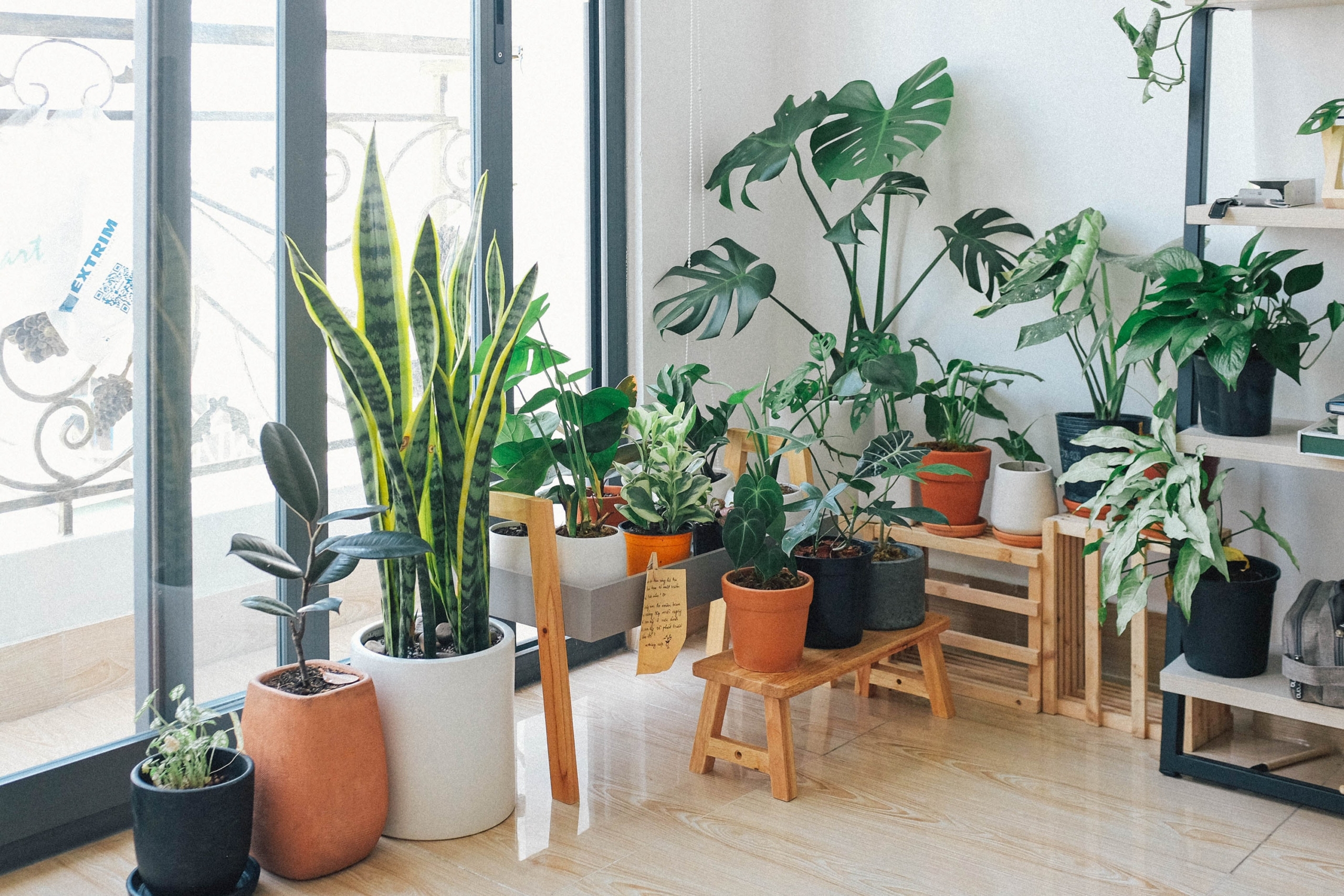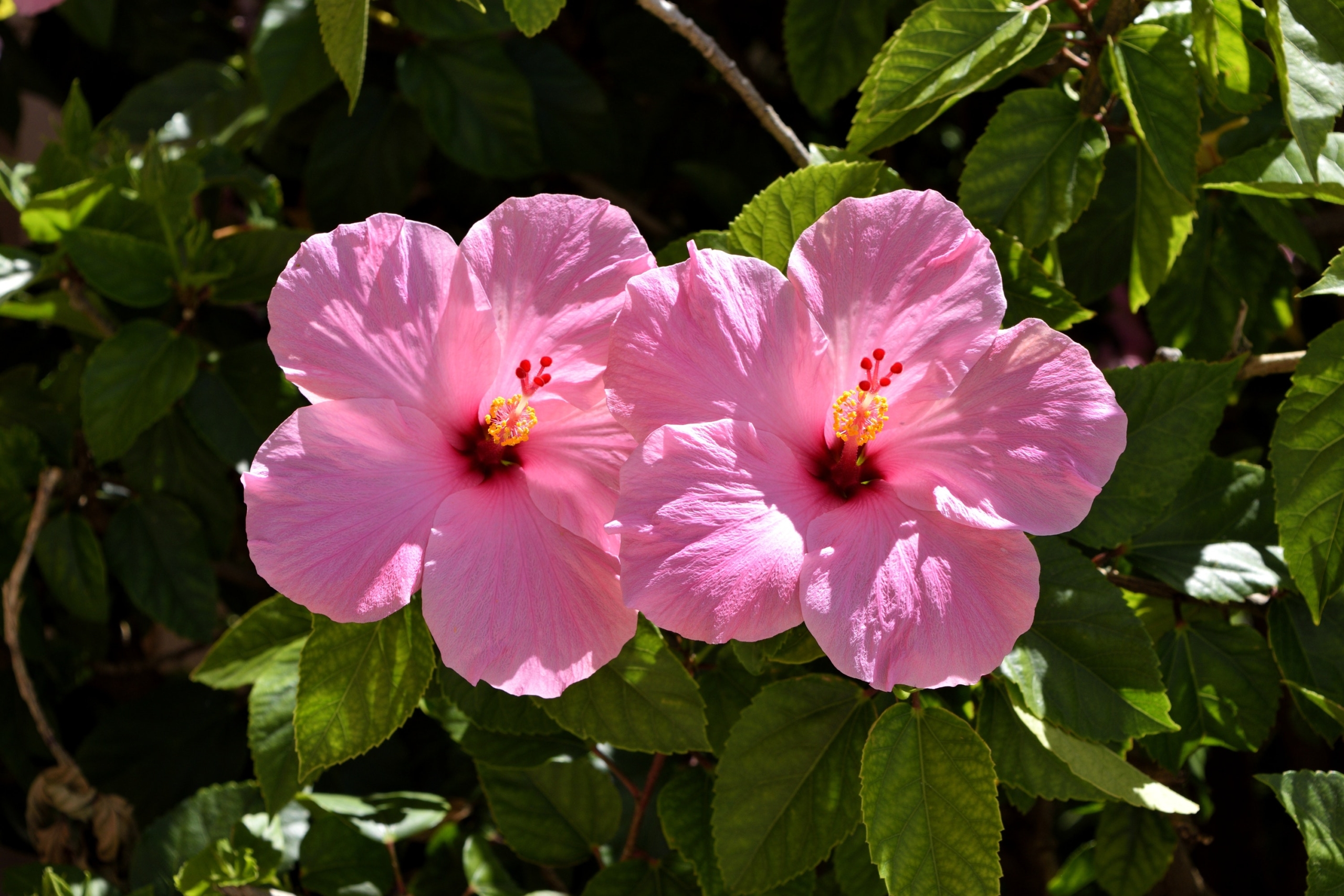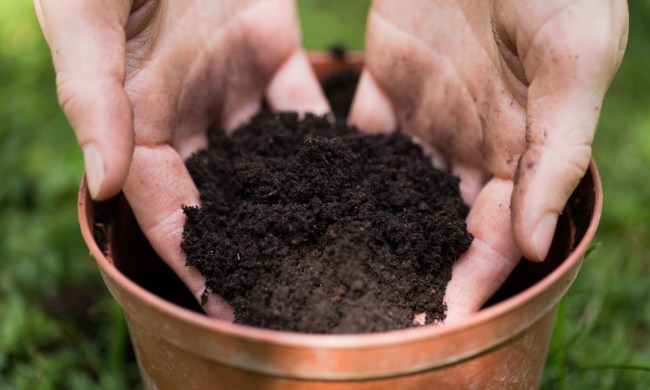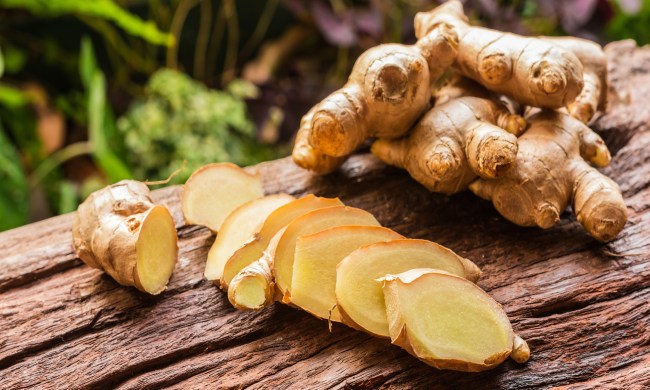There are many reasons that you might wish to bring your gardening efforts indoors. For instance, maybe you’re someone who just hates being out in the weather (hot or cold). Perhaps you’re someone who lives in the city and doesn’t have yard space for a small outdoor vegetable or flower garden.
Either way, if you’re reading this, it’s likely you still want splashes of color and crisp organic veggies you’ve grown yourself. You’ll most likely enjoy the improved aesthetics that indoor plants can bring to your home. Remember that many people put plants on their windowsills, along with their balcony, and around their porches. They don’t have to occupy much space at all!
In the article below, we’ll go over five fast-growing indoor plants to get you started on reinvigorating your indoor garden with vibrant greenery!
Indoor plants
Think about the beauty fast-growing plants can bring to your home. They’re an excellent option for those who want to create a more natural-looking, serene environment in their living space. As a rule, growing plants indoors is easier than it is outside. Most of these plants are low-maintenance, although some do take more care and time to grow than others.
In the long run, no matter why you’ve chosen to start an indoor garden, the goal is to quickly achieve a space filled with natural beauty.

Take care of your seedlings
Some people just buy plants that are already grown, but for those who want to know how to take care of seedlings, well … you need to know how to do that correctly. If you’re brand-new, you might have the idea that all you need is sunlight, water, some dirt, and a pot to plant your seeds in. However, that would be a mistake. (You do need all those things, but they’re definitely not all you need.)
To get the best results possible, you need to ensure that your soil is a mixture of soil, compost, vermiculite, and perlite. That doesn’t sound very easy, but you can just buy potting soil that’s formulated for seedlings. When learning how to take care of seedlings, you may make mistakes like purchasing potting soil that’s not formulated for them. If you make a mistake like that, you’ll need to get a hold of the nutrients mentioned above separately. These materials all help feed the seedling and also help ensure drainage and aeration.
With that in mind, here are five fast-growing plants:
Velvet plant
Ah, the gynura aurantiaca. It has stunning purple leaves and is, therefore, sometimes called the purple passion plant. The velvet plant’s leaves have a fuzzy texture. It is a member of the Asteraceae family, native to Southeast Asia. Because its leaves are vibrantly purple, it’s a plant that can definitely add variety to a room that’s full of green foliage.
Growing a velvet plant isn’t too hard, although you have to pay attention to how you water it. It’s a fickle plant that prefers dry soil at times and water-saturated soil at others. Additionally, this is a plant that needs direct sunlight.

Hibiscus
There are two types of hibiscus, which are flowering plants in the Malvaceae family: They are known as hardy and tropical. The hardy hibiscus is a stronger variety and can handle being left alone, in the cold, and without as much care as its cousin. The tropical hibiscus, on the other hand, is considered the more beautiful of the two, but it needs more attention from you. You’ll also discover that the tropical hibiscus is used for making tea and for other therapeutic uses.
Interestingly, the hibiscus is an evergreen plant and will make your house vibrant year-round. You’ll find that this plant flowers for several months provided you take care of it correctly. Just ensure that the soil is kept moist and use high-quality mulch regularly!
Snake plant
The Sansevieria trifasciata, commonly called the Snake Plant, is a member of the Asparagaceae family and may grow up to 3 feet tall, depending on growing conditions. Native to Africa, the snake plant needs a lot of sunlight.
Pothos
Also known as devil’s ivy, pothos is perfect for small apartments or perhaps an office space where there isn’t much direct sunlight. It grows relatively fast and is easy to manage, since you won’t have to move the plant around with varying lighting conditions. It may grow a foot or more in just a few months, provided you keep your house warm and cozy.
Pothos isn’t a plant that produces ornamental flowers. If you don’t mind that fact, devil’s ivy is still a plant that can liven up whatever space in which you decide to place it and it can grow entirely in water.
Arrowhead
These are plants that grow well in pots. Their leaves have a variety of shades and colors, running from burgundy to green-white. Sometimes they’re pink. The arrowhead has many stems that branch out into its heart-shaped leaves.
If you have an arrowhead with colored leaves, it might need more sunlight than its relative with solid-green leaves. Fast-growing indoor plants like the arrowhead happens to like a lot of moisture, and you’ll need to invest in a plant mister to ensure this plant is well taken care of.
Investing in fast-growing indoor plants
If you’re someone who is impatient or who wants an indoor garden without the need to care for high-maintenance plants, those listed in this article ought to be right up your alley. You could choose many others, of course, but you can’t go wrong with these fast-growing indoor plants.


